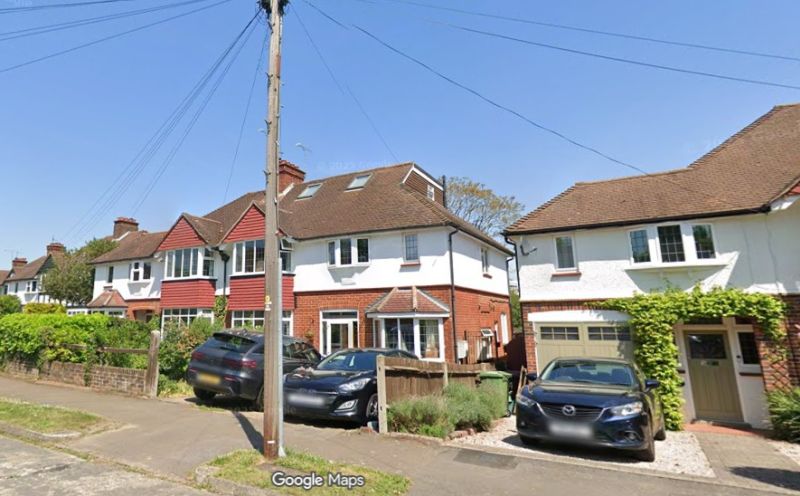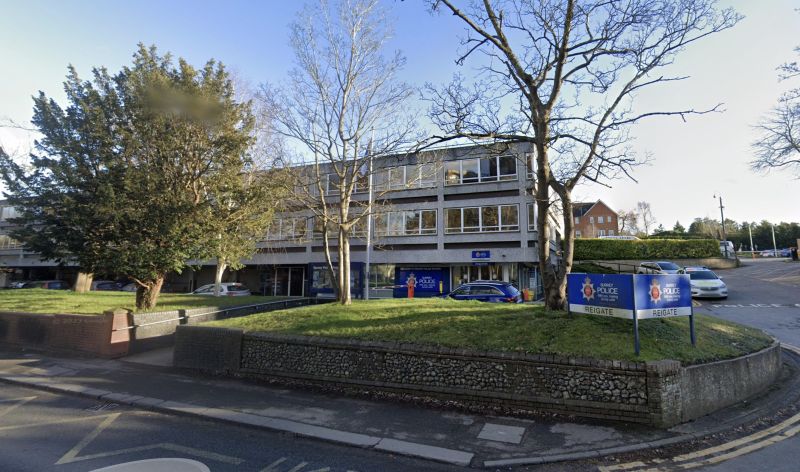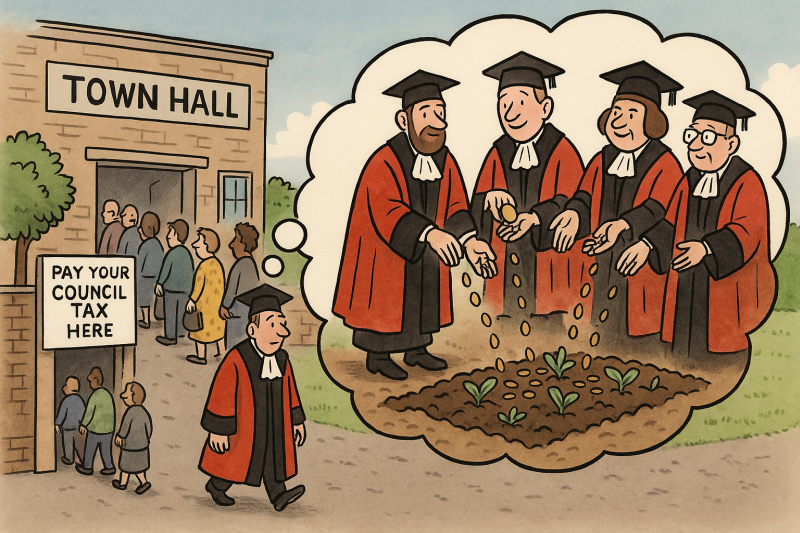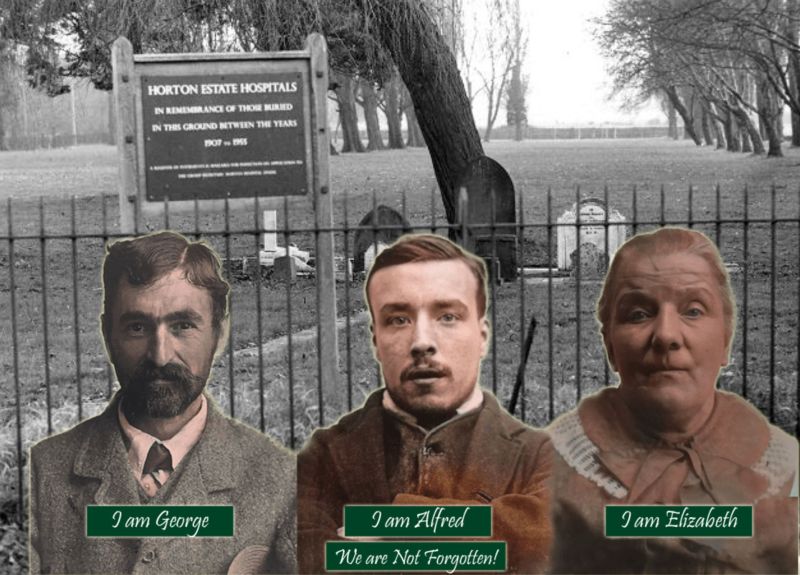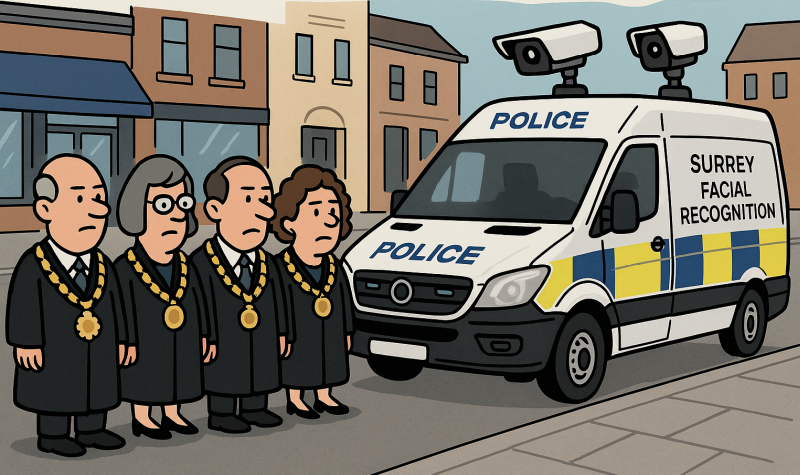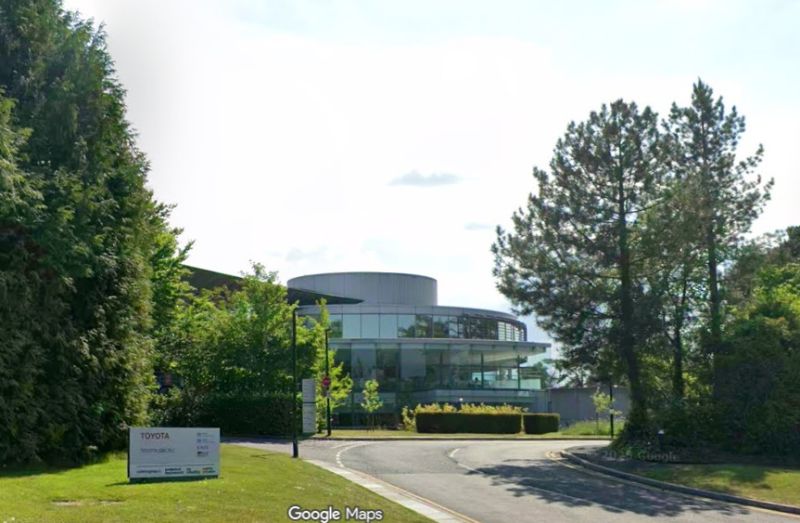Local Planning Matters
Tim Murphy’s opinion piece on Epsom and Ewell’s Local Plan. An up-to-date Local Plan is a necessity. It indicates to those proposing new developments or conversions to properties just what they are allowed or not allowed to do. It is also the yardstick by which locally elected councillors assess whether a particular planning application should be permitted.
The current Epsom and Ewell Local Plan was approved as long ago as 2007. It does not meet the requirements of the most recent planning legislation. In particular, it is failing to deliver the type of housing that is needed locally – affordable and in close proximity to a range of retail and social facilities and public transport. By contrast, the current Plan has been very largely successful in protecting the Borough’s much valued Green Belt from inappropriate development. Two reports commissioned by the Council have confirmed that our Green Belt is performing as it should against the five criteria set out in planning legislation.
A new draft Local Plan is very likely to be discussed by the Council’s Licensing and Planning Policy Committee on 21 st November. The preparation of the Plan has been overshadowed by a quite unrealistic housing target of nearly seven hundred new homes to be provided every year in the Borough.
Where does this target come from? It is set by central government and is based on outdated projections about how fast our number of households will grow in the future. Astonishingly, the number is so high because it incorporates what is known as an ‘affordability’ uplift – because house prices locally are so high, it is assumed these will fall markedly as more houses are built. There is no evidence that this is how our housing market operates.
Our councillors have a choice to make. They can try to meet most, and maybe all, of the centrally-determined housing target. The Borough has only limited built-up areas that would lend themselves to redevelopment for housing so, inevitably, extensive areas of our Green Belt would be sacrificed. Judging by the type of housing that has been approved over the past few years in the Borough on what are called greenfield sites, it is unlikely that the homes that are provided will meet local needs.
What guarantees will be in place to ensure that such significant increases in population will be matched by more educational and medical facilities and better transport provision? Alternatively, as in neighbouring Elmbridge, our councillors could decide not to meet the housing target but rather prioritise the provision of those types and sizes of housing most needed locally, including affordable homes, on existing built-up areas so that no valuable Green Belt need be lost.
The comprehensive redevelopment of existing commercial estates to incorporate a significant element of new housing should be a component of this way forward. Excellent design standards will be essential. Recent statements by our new Prime Minister and the Secretary of State for Communities, Michael Gove, support this approach.
What will our councillors decide?
Tim Murphy
Tim Murphy has worked as a Chartered Town Planner in local government in London, and as an environmental specialist both with WS Atkins and Partners, the Epsom-based engineering consultants, and the European Bank for Reconstruction and Development (EBRD) where he was responsible for examining the environmental and social impacts of the EBRD’s investments in Eastern Europe. Since retiring, Tim chaired the Surrey Branch of the Campaign to Protect Rural England (CPRE) for several years, and he is currently Chair of CPRE’s South East Region and heads up CPRE’s Epsom and Ewell local group, campaigning to protect the local Green Belt and other open areas.
If you have views and opinions on “Local Plan Matters” – do write to us admin@epsomandewelltimes.com


